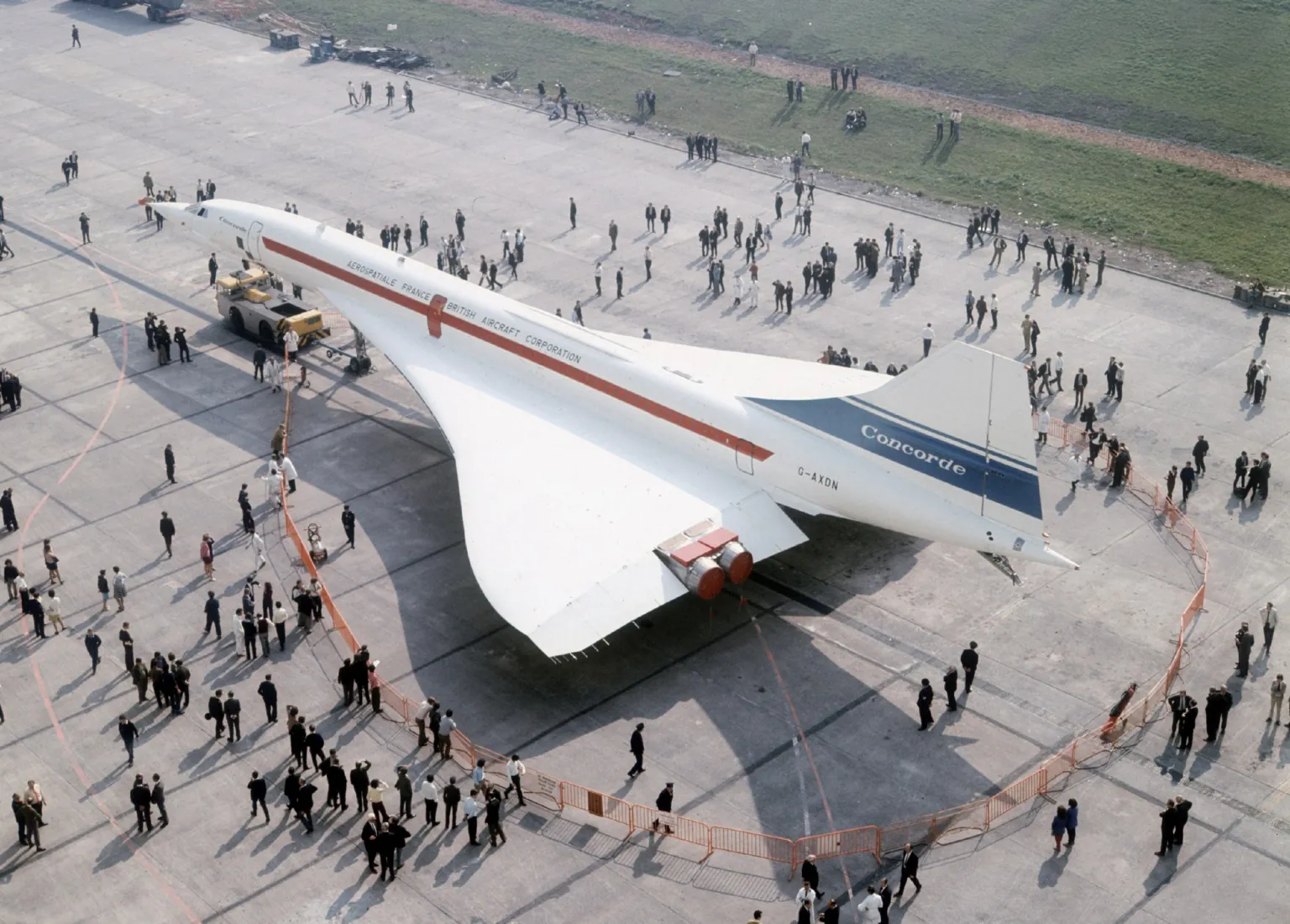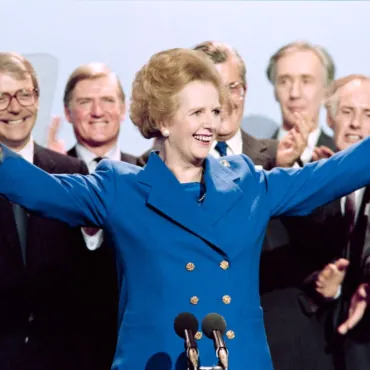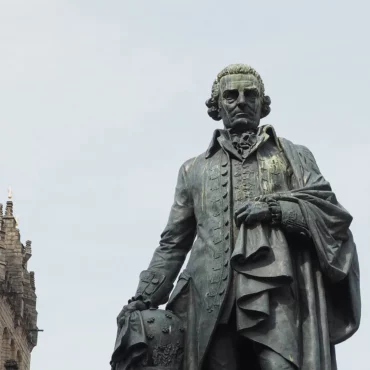The story of the Concorde’s creation
The idea of a supersonic passenger airplane first emerged in the late 1950s in France and the United Kingdom. France’s Sud Aviation and the UK’s Bristol Aircraft Company have begun independent research in this area.
In 1962, French and British parties signed an agreement to jointly develop and produce a supersonic passenger airplane. This project was named “Concorde” (French for “consent”).
The airplane was designed to meet stringent speed and range requirements. “Concorde” had a characteristic arrow-shaped wing and a narrow fuselage, which allowed it to reach speeds in excess of Mach two (double sonic speed) and reach a range of 7,000 kilometers.
The first test flight occurred on March 2, 1969: the Concorde prototype took off in Toulouse, France, and a few weeks later, on April 9, 1969, it took off in Farnborough, UK. Serial production began in 1971 – 5 years later the first commercial flights were launched.
“Concorde catered to premium passengers and offered luxurious facilities on board. In comparison, the plane was flying between Europe and North America in 3.5 hours, while other passenger planes took more than 7 hours to cover the same route.
Why was the Concorde abandoned?
Neither before nor after Britain and France decommissioned the legendary Concords could any passenger airplane even come close to their normal speed. It is no coincidence that the slogan of this marvel of technology was “Arrive before you Passengers could indeed take offin London at three o’clock in the afternoon and land in New York at two.
For comparison, the current record among “subsonic” civilian airplanes belongs to British Airways’ Boeing 747, which traveled this route in February 2020 in 4 hours and 56 minutes. It is worth noting that this was due to an external influence – the “hitchhiking” storm Kiara. The previous record was set in 2018 by a Norwegian airline plane at 5 hours and 13 minutes, with an average flight time of about 6 hours.
Nevertheless, the Concordes stopped being built back in the 1970s and stopped being operated in the early 2000s. Why?
The problem was, first of all, their high cost: technical development and production of new airplanes turned out to be much more expensive than it was supposed at the initial stage, and only government intervention saved the creators from collapse in the 1970s. Another reason was the fuel crisis of the 1970s, which made it less cost-effective to operate voracious supersonic aircraft. As a result, their production was discontinued in 1979. A total of 20 such aircraft were jointly produced by the French and British: all of them served the long-haul destinations of Air France and British Airways until 2003.
The final decision to “ground” aircraft of this model was made after the tragedy at Charles de Gaulle airport in 2000. Although the cause of the Air France Concorde crash was attributed to a mistake by an American mechanic at Houston airport who improperly fastened a part, the supersonic aircraft’s popularity has plummeted.
It did not add to the success of airliners and the fact that the authorities of many countries by that time had already banned flights at supersonic speed because of the noise that the airplanes created. Simply put, the supersonic Concorde rattled in a way that made the devil sick. Many people living near Heathrow Airport still remember how in the 1970s, when a Concorde took off or landed, they couldn’t hear what their teacher was saying while sitting at their desk at school. And on Sundays between 10 and 11 a.m., priests in nearby churches interrupted services – not out of a sense of awe at the miracle of French-British aeronautical ingenuity – but because they couldn’t shout this miracle over.

The first ban on flying the Concorde over land was a ban on the landing of this model of aircraft at JFK airport in New York, announced by the U.S. Congress. It happened just two months after the launch of commercial flights – in the spring of 1976. The protests against Concorde, however, began a year before the launch. By the way, both British Airways and Air France sued Congress and even managed to prove that the ban was groundless.
Another failed attempt to operate the planes was the launch of British Airways flights to Sydney, landing in Singapore. At first, Singapore’s neighboring Malaysia refused to provide its airspace for the Concorde overflight, which was then joined by India. The flight was eventually launched to bypass the two countries, but the compromise trajectory forced the airlines to use so much fuel that the route proved unprofitable and was canceled after a few years.
Protests against Concorde flights have taken place in Sweden, Ireland, Switzerland, Canada, the Netherlands and the FRG at various times over the years. Surprisingly, Britain, whose residents also suffered from the noise caused by airplanes crossing the sound barrier, did not impose any restrictions against the Concords.
The “supersonics” were finally killed by a new jump in global energy prices – and in the early noughties their era ended. Today there are separate attempts to create new supersonic airplanes (especially small business jets with 10-20 seats), but all of them are still only in the development stage.
